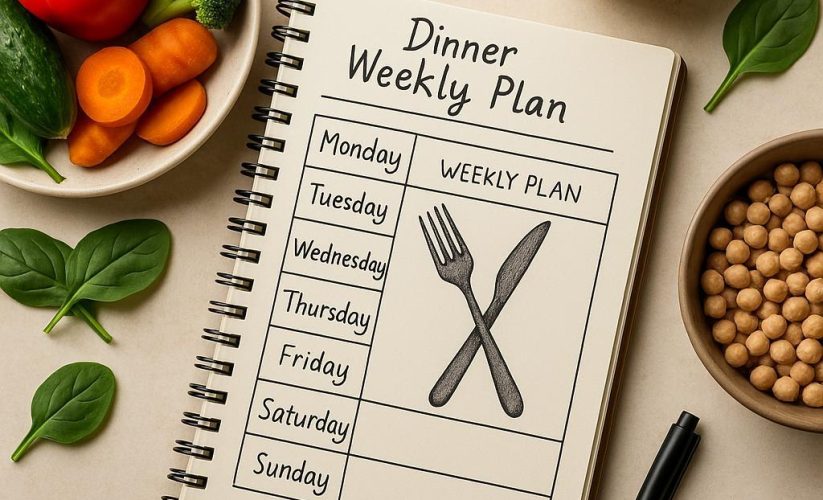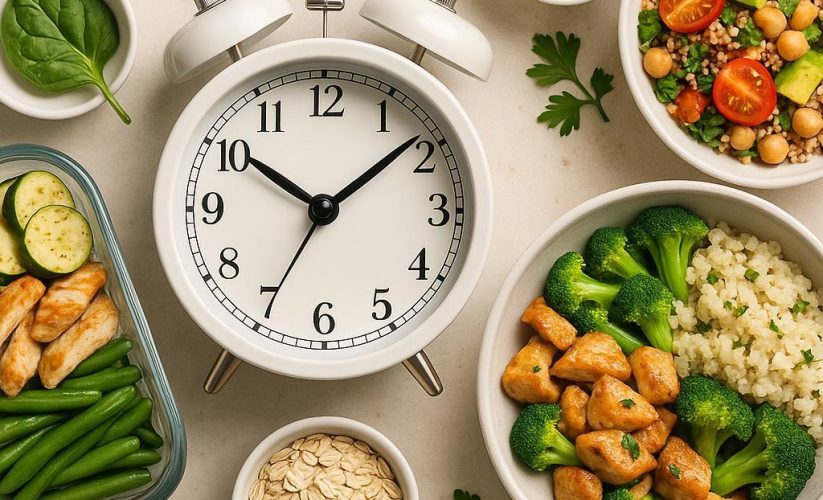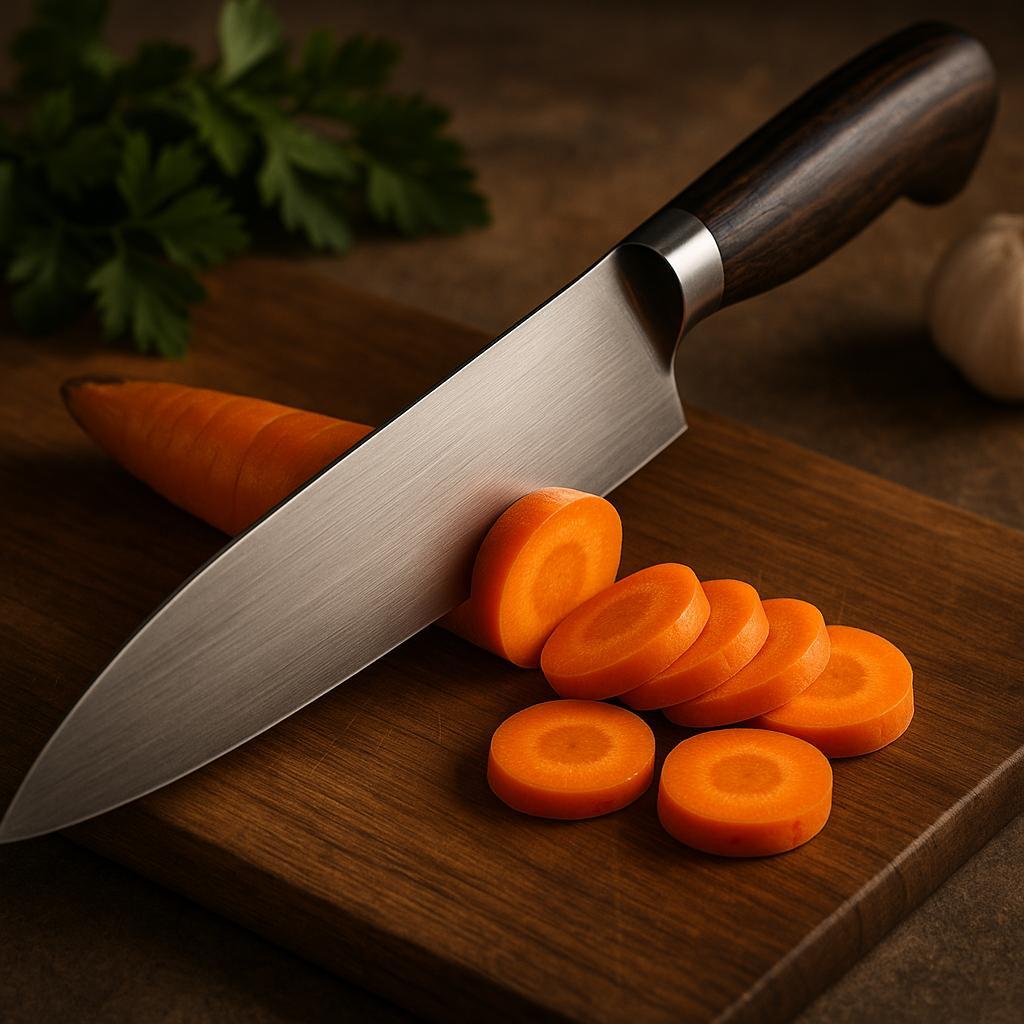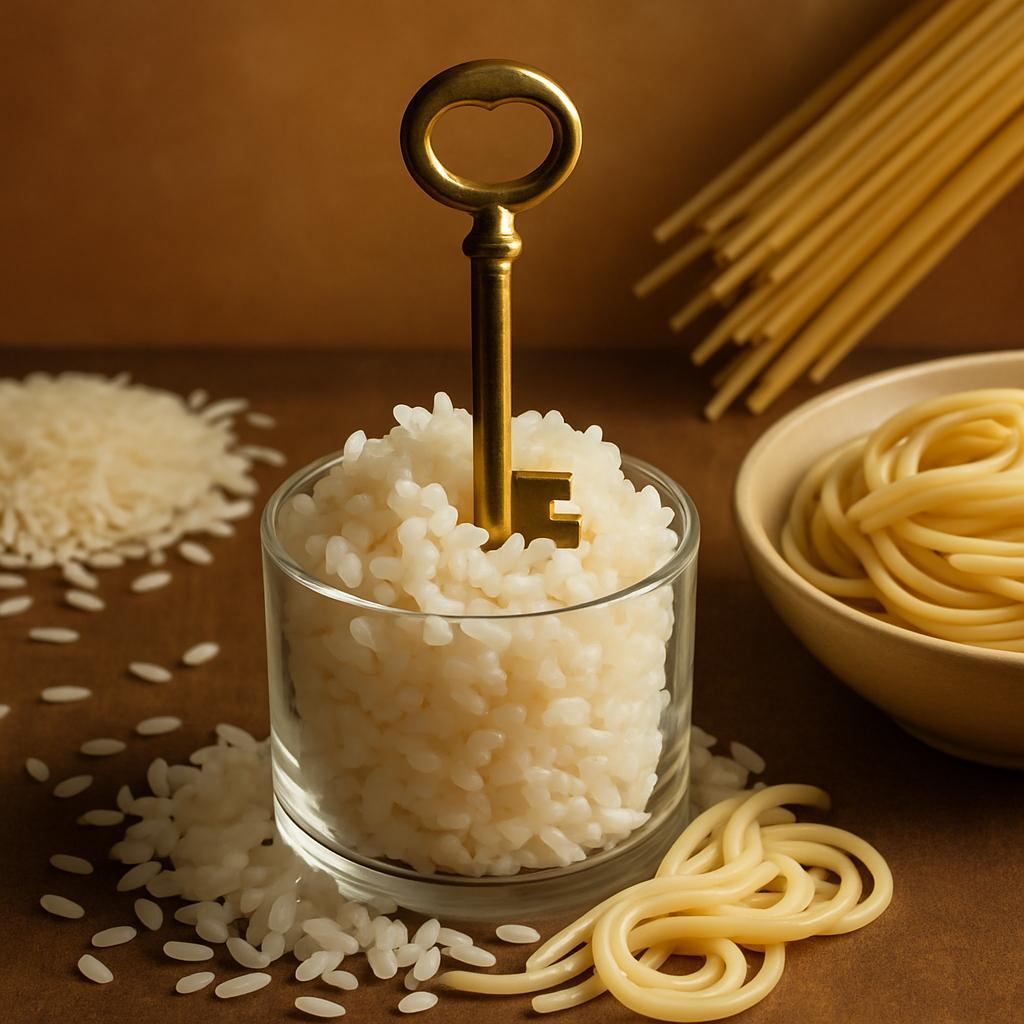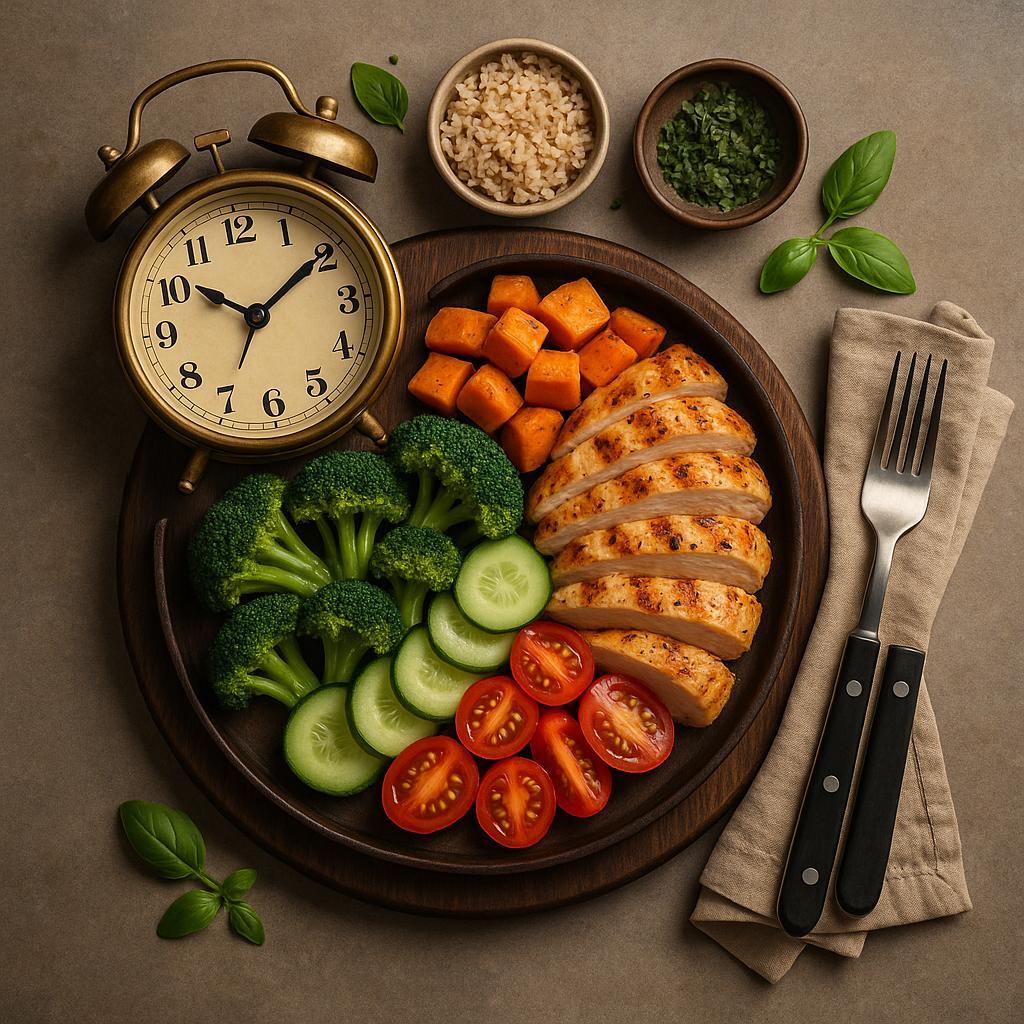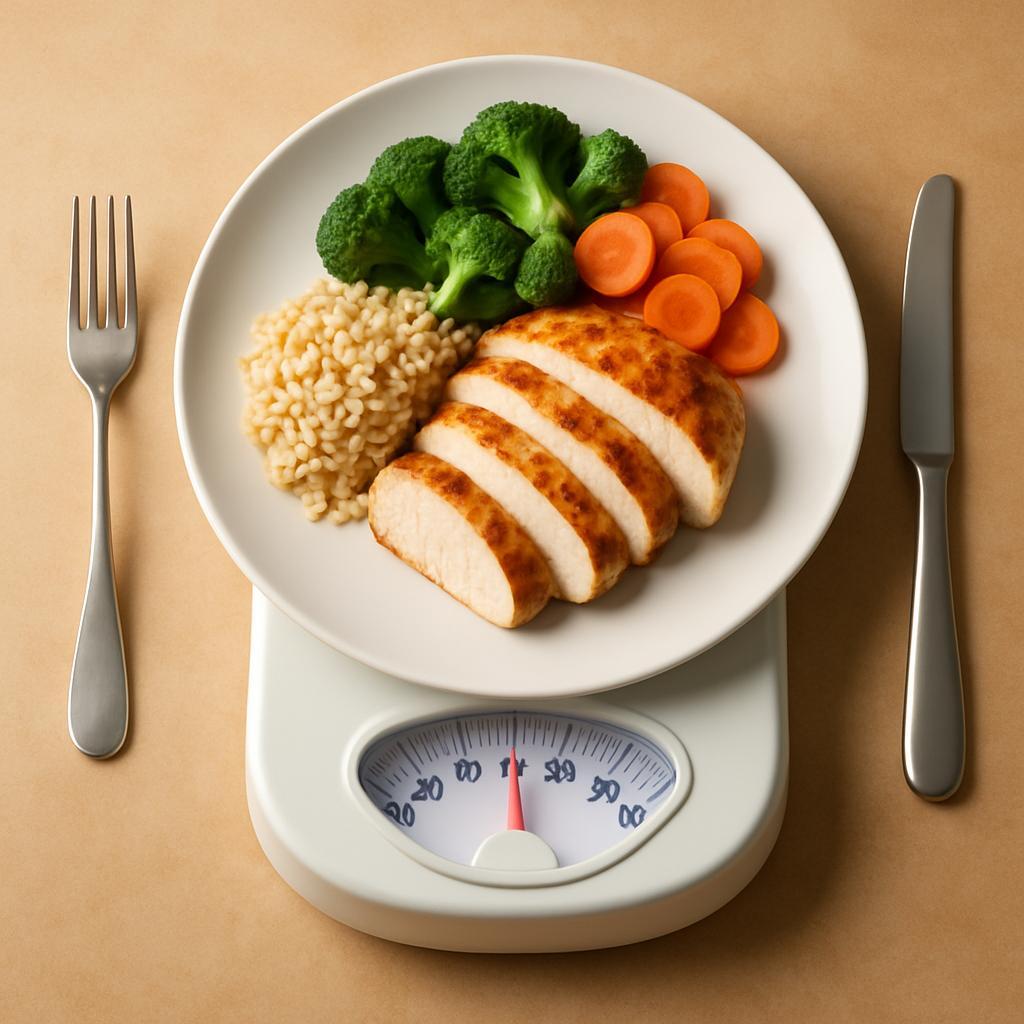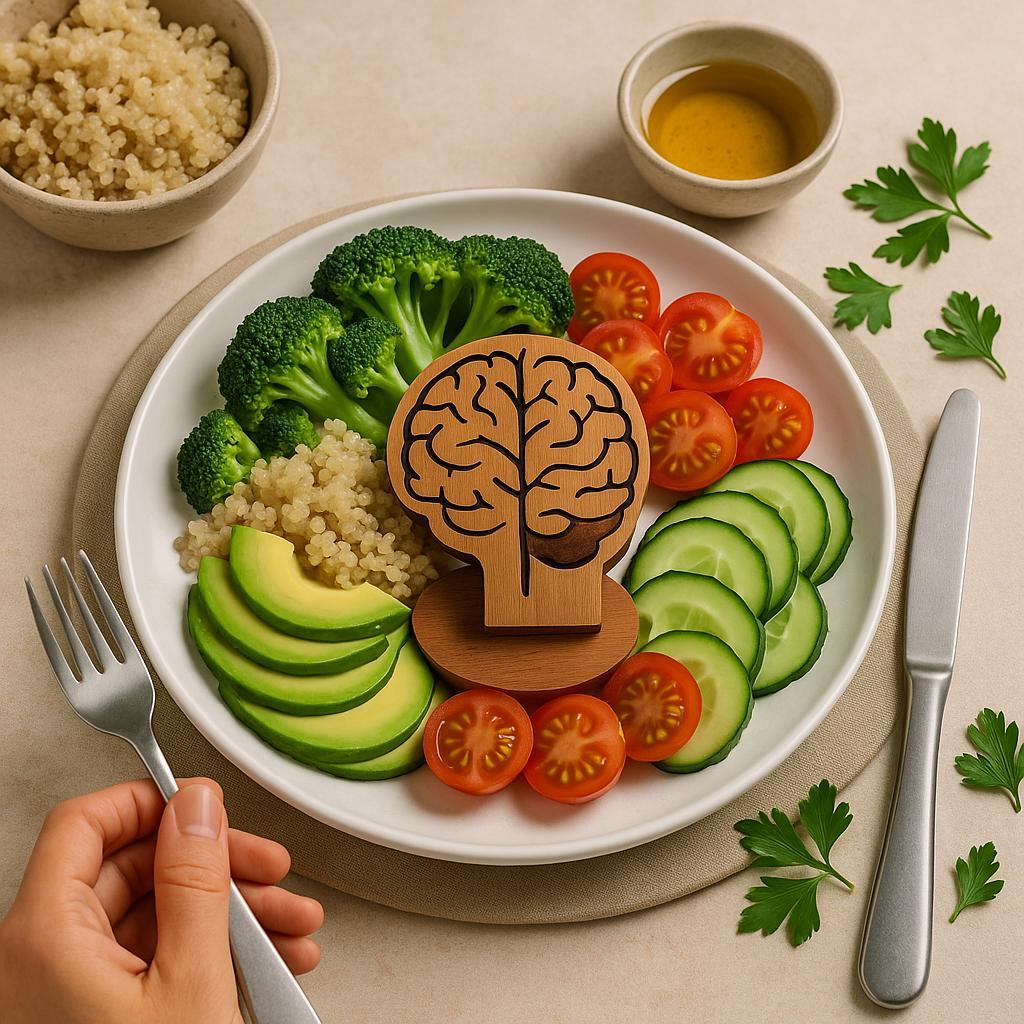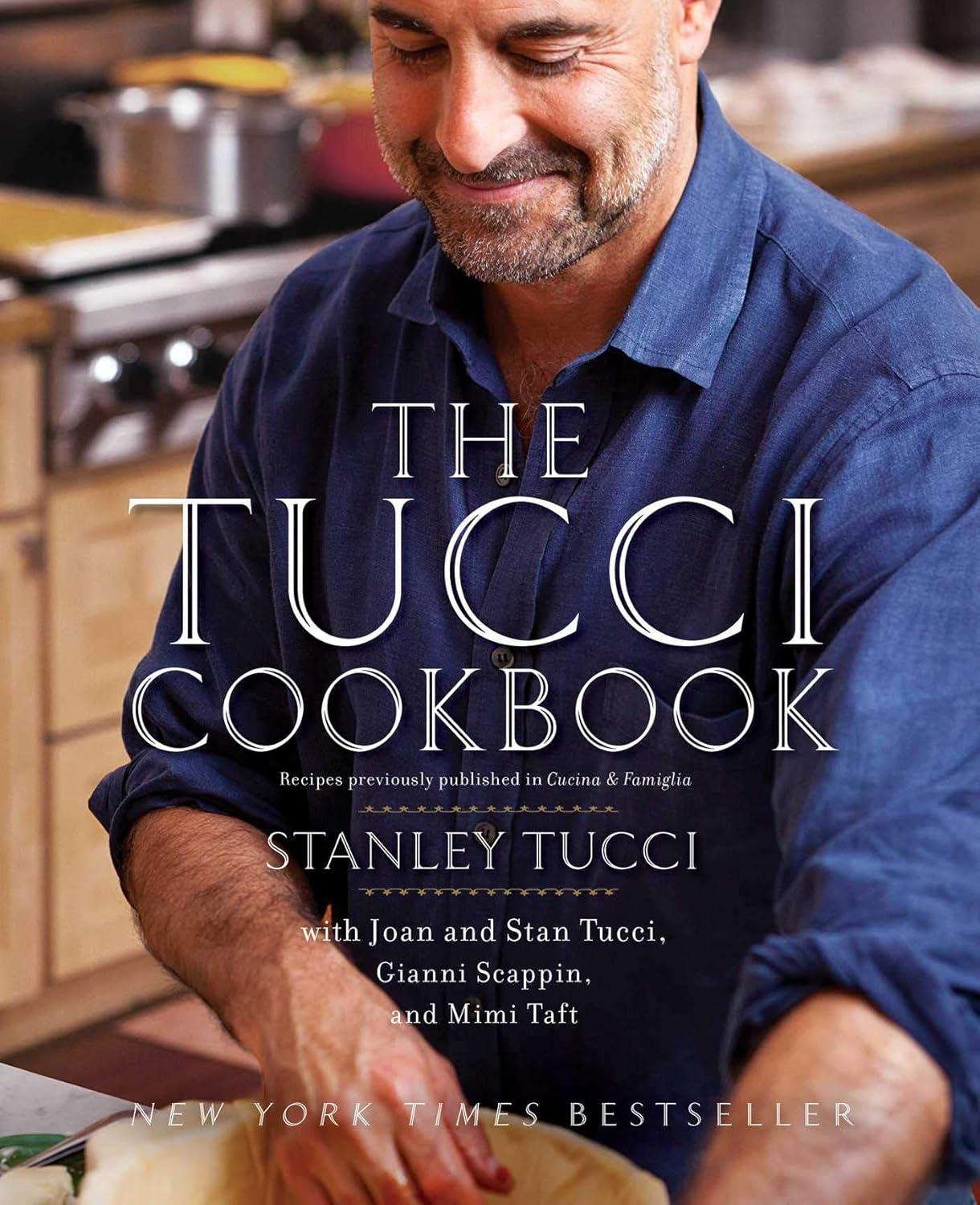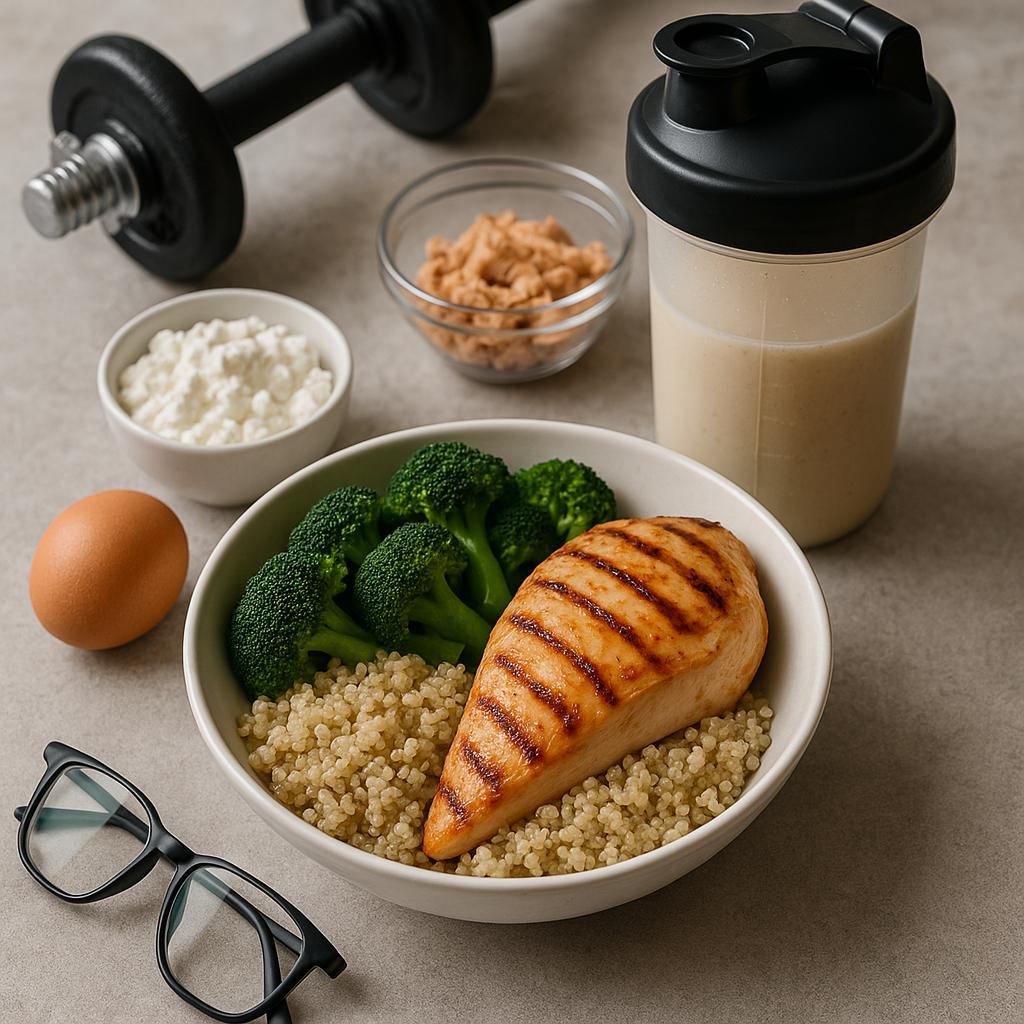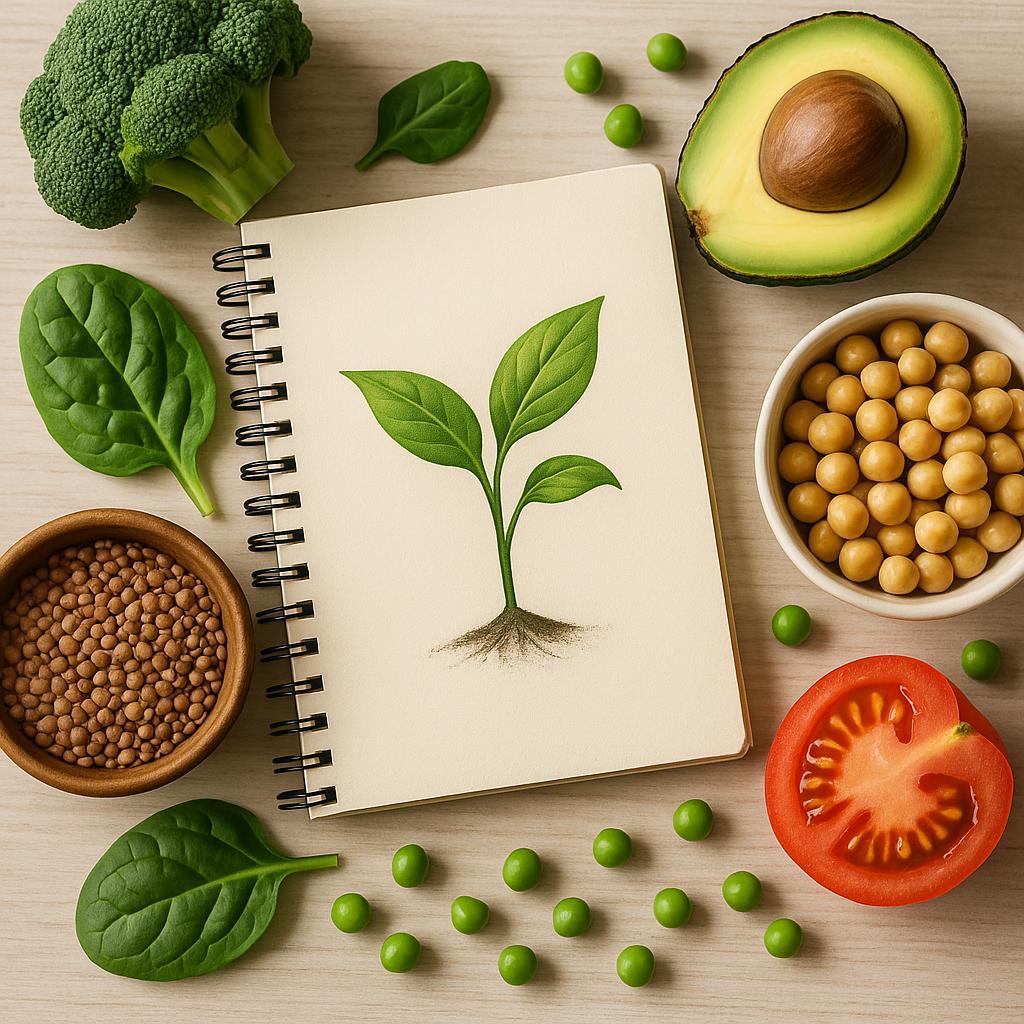Energizing Summer Meals: A Light, Fresh Plan
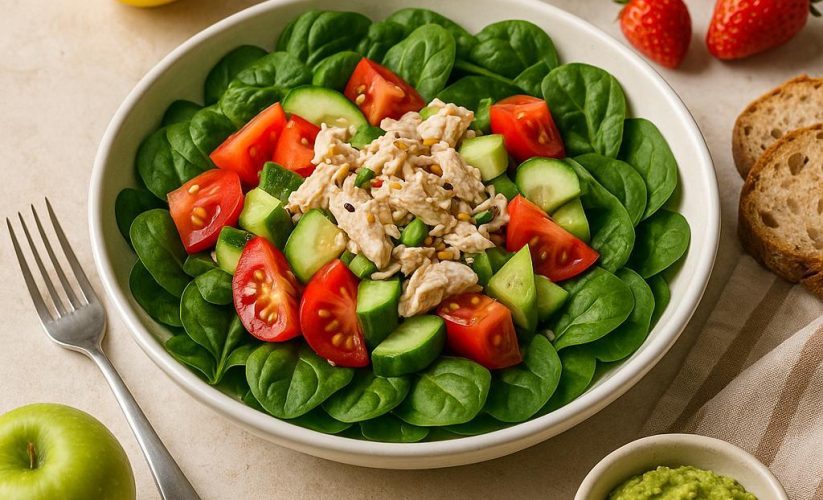
Heat shouldn’t drain your appetite-or your energy. Summer invites a different way to eat: lighter, fresher, and faster, so you can stay focused without hovering over a hot stove. With markets at their peak and days that stretch from sunrise to dusk, a clear plan makes it easy to assemble meals that satisfy yet stay airy. Think crisp produce, simple proteins, and cooling flavors that refresh as they nourish. Here’s how to set an energizing summer rhythm-one plate at a time.
Table of Contents
- Morning bites that power your day with cool hydration
- Market fresh produce transformed into quick plates with big flavor
- Light proteins that satisfy without slowing you down
- No cook prep that keeps the kitchen cool and your energy high
- Q&A
- The Conclusion
Morning bites that power your day with cool hydration
Build breakfast around water-rich produce and chilled bases that deliver steady energy. Try a watermelon-chia parfait: blitz 1 cup watermelon with 1/2 cup coconut water, stir in 2 tbsp chia, chill 10 minutes, then layer with 1/2 cup Greek yogurt, lime zest, and pumpkin seeds for protein and electrolytes. For crunch, a cucumber-apple cottage bowl comes together fast-fold diced cucumber and green apple with torn mint and lemon juice into 1/2 cup cottage cheese; a tiny pinch of sea salt helps retain fluids while olive oil adds satiety. Prefer grains? Steep iced green-tea oats overnight (1/2 cup rolled oats + 3/4 cup chilled green tea + a pinch of salt), then top with peach slices, basil, and crushed almonds for a cool, steady release of carbs. If you want to sip, blend a celery-pear-spinach cooler with coconut water, lemon, and a few ice cubes-the potassium-rich greens keep hydration balanced without heaviness.
Prep once, coast all week: mix a coconut-water chia base (2 tbsp chia per 1/2 cup liquid) in three jars, brew 2 cups green tea for oats, and chop a melon-cucumber-mint mix; each component holds 3-4 days in the fridge and assembles in under two minutes. Aim for a breakfast ratio that supports summer activity and hydration-about 12-16 oz fluids at the meal, plus 15-25 g protein (yogurt, cottage cheese, or silken tofu), 30-45 g carbs (oats, fruit), and 8-15 g healthy fats (seeds, nuts, olive oil). Add a light sodium-potassium nudge with a pinch of sea salt and ingredients like cucumber, melon, or leafy greens to help water absorb rather than rush through. Keep flavors bright-citrus, mint, and basil-so each bite is cooling, crisp, and energizing without relying on added sugars.
Market fresh produce transformed into quick plates with big flavor
Shop for what looks brightest-tomatoes, cucumbers, corn, zucchini, peaches, fistfuls of basil or mint-then build fast plates with the formula Crisp + Creamy + Acid + Heat + Herb. Salt sliced tomatoes (1/2 tsp per pound) for 10 minutes; whisk the juices with 1 tbsp olive oil and 1 tsp sherry vinegar for an instant dressing, then layer with torn peaches and a swipe of ricotta or burrata, finishing with basil and a pinch of Aleppo. Shave zucchini into ribbons, toss with lemon zest, 1 tsp miso, and olive oil; fold in crumbled feta, mint, and chili flakes for bite. Dry-char corn in a skillet for 5 minutes, stir in lime, scallions, and a spoon of yogurt or tahini; shower with cilantro and smoked paprika. Smash cucumbers with a rolling pin, drain for 5 minutes, and cloak with sesame, rice vinegar, and chili crisp. Slide in quick protein-tinned tuna, a can of chickpeas, or sliced rotisserie chicken-to make any platter a full meal without heating the kitchen.
Keep a few shortcuts ready and plates fly together: a small jar of herb oil (blend 1 cup soft herbs with 1/2 cup olive oil and a pinch of salt), toasted nuts or seeds for crunch, and a 3-ingredient dressing you can tweak on the fly (2 tbsp olive oil + 1 tbsp citrus or vinegar + 1 tsp honey or white miso). Try these minute-markers: 5-minute tomato-peach-burrata with basil and chili flakes; 7-minute charred-corn-zucchini with lime, feta, and mint; 8-minute smashed-cucumber-sesame with torn rotisserie chicken; 10-minute tomato-white bean-herb salad with garlic-lemon oil. Finish every plate with one high note-extra acid, flaky salt, or a crunchy topper-and one cool/warm contrast (cold fruit on warm corn is magic). Tuck leftovers into pitas or onto grains for lunch; the flavors deepen overnight, and the juices double as a bright sauce for anything grilled.
Light proteins that satisfy without slowing you down
Choose lean, quick-cooking proteins that deliver at least 20-30 g per meal without the heaviness of extra fats. Aim for about 0.3-0.4 g/kg body weight to feel satisfied and steady: grilled chicken tenderloins (3 oz ≈ 26 g), shrimp (4 oz ≈ 24 g), extra-firm tofu (½ block ≈ 20 g), light canned tuna (1 can ≈ 22 g), 2% Greek yogurt (¾ cup ≈ 17 g), or low-fat cottage cheese (½ cup ≈ 14 g). Keep the flavors bright and the load light: use citrus, herbs, and spices instead of heavy sauces; remove poultry skin; choose water-packed seafood; press tofu to reduce moisture so it sears cleanly; and stick to methods that add minimal oil-grilling, poaching, air-frying, or quick searing. A squeeze of lemon, a spoon of salsa verde, or a dusting of smoked paprika creates lift without weight.
Build refreshing plates that balance texture and hydration. Try chilled citrus-herb shrimp over tomatoes and sweet corn with a drizzle of olive oil and flaky salt; yogurt whipped with lemon zest and dill as a base for cucumber ribbons and poached salmon; or tofu flash-seared with ginger and served with mango, mint, and lime over cold brown rice. For handhelds, tuck chicken into lettuce cups with crunchy carrots and a light tahini-lime sauce; for snacks, pair cottage cheese with melon and toasted seeds. Batch-prep by marinating proteins in citrus and herbs for 30 minutes, grill once, then chill promptly for on-the-go bowls. Keep it safe and summer-ready: cook poultry to 165°F, seafood to 145°F, and transport in an insulated bag with an ice pack so your energy stays high-and your meals stay crisp, cool, and clean.
No cook prep that keeps the kitchen cool and your energy high
Keep the stove off by building a no-cook mise en place that powers quick meals all week. Cold-soak staples: combine 1 cup fine bulgur with 1.5 cups cold water and a pinch of salt; refrigerate 60-90 minutes until tender. Submerge thin rice noodles in cool water 20-30 minutes, then toss with a little oil so they don’t clump. Rinse canned beans and lentils (cuts sodium by up to 40%), pat dry, and store in glass containers. Shake up a trio of sauces in jars-lemon-tahini (2 tbsp tahini + juice of 1 lemon + 1 tbsp olive oil + water to thin + salt), miso-ginger (1 tbsp white miso + 1 tsp grated ginger + 1 tsp honey + rice vinegar + sesame oil), and yogurt-herb (plain yogurt + chopped dill/mint + garlic + lemon zest)-to turn any cold base into a meal. Cube firm tofu and marinate in tamari + lime + a drizzle of sesame oil; stock proteins that require no heat like smoked trout, canned tuna, or pre-cooked chilled beets. Keep washed greens and herbs crisp by wrapping in a damp towel inside a container, and label everything with a date. Think in a simple formula-base + protein + crunch + bright + creamy-and you’ll assemble energizing plates in minutes without warming the kitchen.
Put that prep to work: fold bulgur, chickpeas, cherry tomatoes, cucumber, olives, and parsley with lemon-tahini; finish with sumac for a lift. Toss cool-soaked rice noodles with shredded cabbage, carrots, mint, tofu, and miso-ginger; add crushed peanuts and a squeeze of lime for sustained energy. Blitz a refreshing gazpacho in the blender-ripe tomatoes, cucumber, red pepper, a small garlic clove, sherry vinegar, olive oil, and salt-then serve with smoked trout on whole-grain crackers. Roll nori sheets with hummus, avocado, cucumber, and herbs for handheld fuel; dip in tamari + lime. For a quick sweet that won’t spike or crash, layer Greek yogurt, berries, and 1 tbsp chia; chill 15 minutes. Stay sharp in the heat by seasoning boldly (acid + herbs + a pinch of salt), hydrating alongside meals (cucumber-mint water or lightly salted citrus spritz), and packing cold dishes in shallow containers with ice packs if you’re heading out.
Q&A
How do I build a light summer plate that still keeps me energized until dinner?
Use a simple template: half your plate hydrating produce (cucumber, tomatoes, leafy greens, melon), a quarter lean protein (20-35 g from fish, tofu, beans, or yogurt), and a quarter smart carbs (½-1 cup cooked quinoa, corn, farro, or potatoes), plus 1-2 teaspoons of healthy fats (olive oil, avocado, nuts). Aim for 8-12 g fiber and include potassium-rich items (stone fruit, beans, greens) to support hydration. Example: basil-tomato-cucumber salad, chili-lime shrimp, and a small scoop of corn-quinoa with olive oil and lemon.
It’s too hot to cook-what no-cook dinners can I make in 10 minutes?
Try a Tuscan tuna-and-white-bean toss with cherry tomatoes, arugula, lemon, and capers; a cold soba bowl with edamame, shredded carrots, cucumber, sesame, and rice vinegar-soy dressing (2 parts acid to 1 part oil); watermelon-feta-mint salad with pre-cooked farro and lime; or hummus lettuce wraps with pickled onions, herbs, and canned chickpeas. Lean on rotisserie chicken, smoked salmon, or pre-cooked lentils for instant protein.
How can I meal-prep fresh components without everything turning soggy?
Store wet and dry separately: keep dressings, juicy produce, and proteins in their own containers until serving. Layer salads in jars from driest to wettest-grains/beans, crunchy veg, proteins, greens on top. Add a paper towel to greens and berries to manage moisture, and cool cooked grains within 2 hours before refrigerating. Keep cooked proteins 3-4 days, grains 4-5 days, chopped veg 2-3 days. Revive limp greens in ice water for 5 minutes, then spin dry.
What are light ways to add big flavor without heavy sauces?
Lean on acid and herbs: lemon-lime juice, vinegar, and zest; soft herbs (basil, mint, dill) folded in at the end. Make quick pickles (vinegar, pinch of salt, touch of honey) to brighten bowls. Stir up yogurt sauces with lemon, garlic, and cumin; or whisk miso, rice vinegar, and ginger for instant umami. Spice blends (za’atar, chili-lime, smoked paprika) and a splash of fish sauce or tamari add depth in drops. Finish with toasted seeds or a crumble of feta for contrast.
I want protein without heating up the kitchen-what are easy options and portions?
Canned tuna or sardines (3 oz = ~20-25 g protein), smoked salmon (3 oz = ~15-18 g), rotisserie chicken (3 oz = ~24 g), firm tofu (4 oz = ~10-12 g), tempeh (3 oz = ~15-18 g), pre-cooked lentils (1 cup = ~18 g), edamame (1 cup = ~17 g), Greek yogurt or skyr (¾ cup = ~15-20 g), cottage cheese (½ cup = ~12-15 g), and hard-boiled eggs (~6 g each). Pair with crisp veg and citrusy dressings to keep things light.
How do I work hydration and electrolytes into my meals naturally?
Feature water-rich produce-cucumber, tomatoes, zucchini, berries, and watermelon-and season with citrus and a pinch of salt if you’re sweating heavily (skip added salt if you’re on a sodium-restricted plan). Include potassium sources like melon, avocado, beans, and leafy greens; add magnesium with pumpkin seeds or whole grains; and consider cultured dairy or kefir for calcium and sodium. Gazpacho, fruit-and-herb salads, and coconut-water ice cubes in seltzer keep fluids up without heavy sweetness.
The Conclusion
You now have a flexible framework for warm‑weather eating: let peak produce lead, pair it with lean proteins, brighten with citrus and herbs, and do small prep that pays off all week. Vary color, texture, and temperature, and your plates stay light yet truly satisfying. To put it into practice, pick one base (greens, grains, or beans), one protein, and two bright accents, and build tonight’s dinner in minutes. Keep it simple, keep it fresh, and let the season do the heavy lifting.

